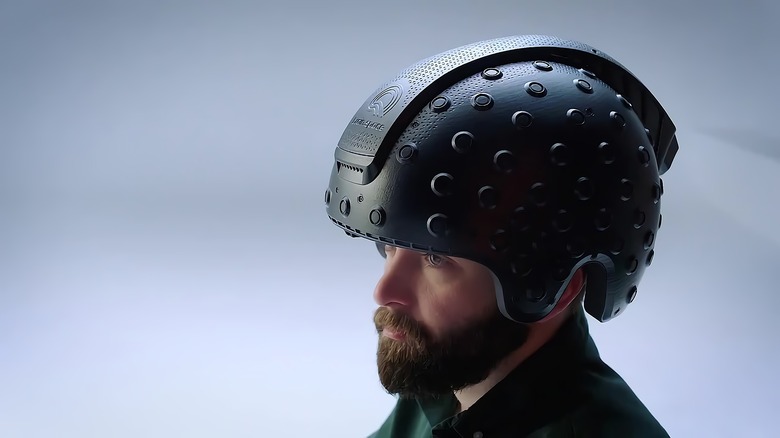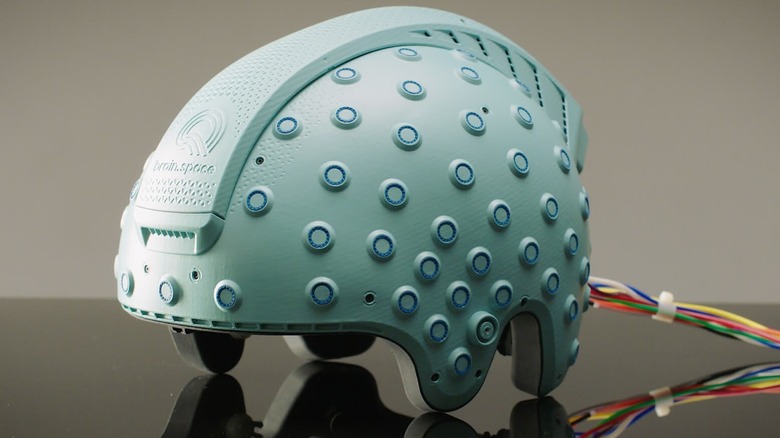The Next Space Mission Will Study Astronaut's Brain Activity
An Israeli company named brain.space plans to measure the brain activity of astronauts in space, and aims to do it as part of the next SpaceX crewed dispatch to the International Space Station. The device that will be used to monitor brain activity looks like a helmet covered with small bumps, but it is actually a wireless machine that takes electroencephalogram (EEG) readings. An EEG machine records brain activity using a non-invasive apparatus of electrodes attached to the scalp, and it is performed to diagnose a wide range of problems such as epilepsy and sleep apnea, among others.
However, the whole machine is large, requires an expert operation, and happens to be quite expensive. At brain.space, all the aforementioned drawbacks are taking a backseat, or so claims the company. The headset made by brain.space is touted to b the most advanced EEG gear of its kind, one that deploys machine learning to churn out petabytes worth of brain activity data and presents it all in a scalable form. The helmet has been equipped with 460 sensors, which the company claims is 20 times higher than the number of sensors found on regular EEG hardware. Another cool aspect is that the helmet comes with an automatic fit design to accommodate skulls of varied shapes and sizes for accurate measurements.
First-of-its-kind brain experiment in space
brain.space also notes that its EEG headset offers the shortest setup time compared to other headsets. Plus, it employs dry electrodes, which means astronauts won't have to deal with the hassle of applying a conductive gel. There are actuators inside the helmet that compensate for rotations, vibrations, and depth variations to ensure that the device collects high-resolution brain activity signals for accurate data collection. Scalable machine learning models also lend a hand here, ensuring that signal quality is continuously monitored and there is no need for an external operator.
The headset monitors the cognitive and mental conditioning of the person wearing it in a variety of scenarios, labeling it all to create a brain activity map that can help understand states such as mood change, fatigue, and cognitive stress among others. Astronauts aboard the Axiom-1 (AX-1) mission will be using the EEG headset between April 2nd and April 8th aboard the space station for a first-of-its-kind brain activity experiment. The goal is to understand whether an astronaut's neurological activity varies in microgravity and how the findings will impact the dreams of long-term space travel to destinations such as Mars — and beyond.

